15 Things That Can Stress Out Your Dog
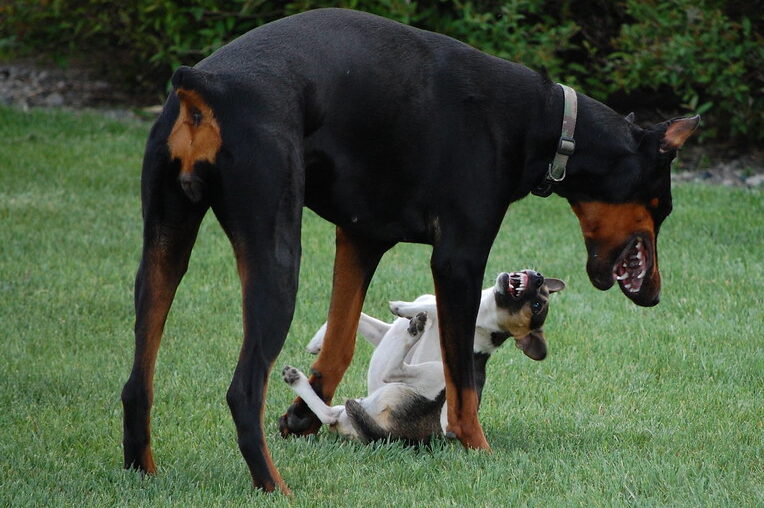
Dogs notice more than you think. A sound, a small change in routine, or even the way someone moves can make them uneasy. They don’t always react in obvious ways, but stress shows up over time—in habits, moods, and how they act around you. If your dog has been off lately, it’s worth looking at the little things. These quiet triggers often go unseen, but they can affect your dog more than expected.
Loud or sudden noises.

Some dogs get rattled by loud noises, like a firework going off or something falling in the kitchen. You might notice them flinch, hide under a bed, or barking even after it’s quiet. It’s not that they’re dramatic—they just don’t understand what the noise means. Giving them a corner that feels safe, away from windows or doors, can help them settle when things get too loud around them.
Being left alone for too long.

Dogs don’t track time like we do, but they feel the silence. After a few hours, some start pacing or chewing. Not because they’re badly behaved—just bored or anxious. If no one comes back, it wears on them. Leaving them with a favorite toy or soft background noise helps a little. But if they struggle daily, they may need shorter gaps between visits or more stimulation while you’re gone.
Changes in routine.
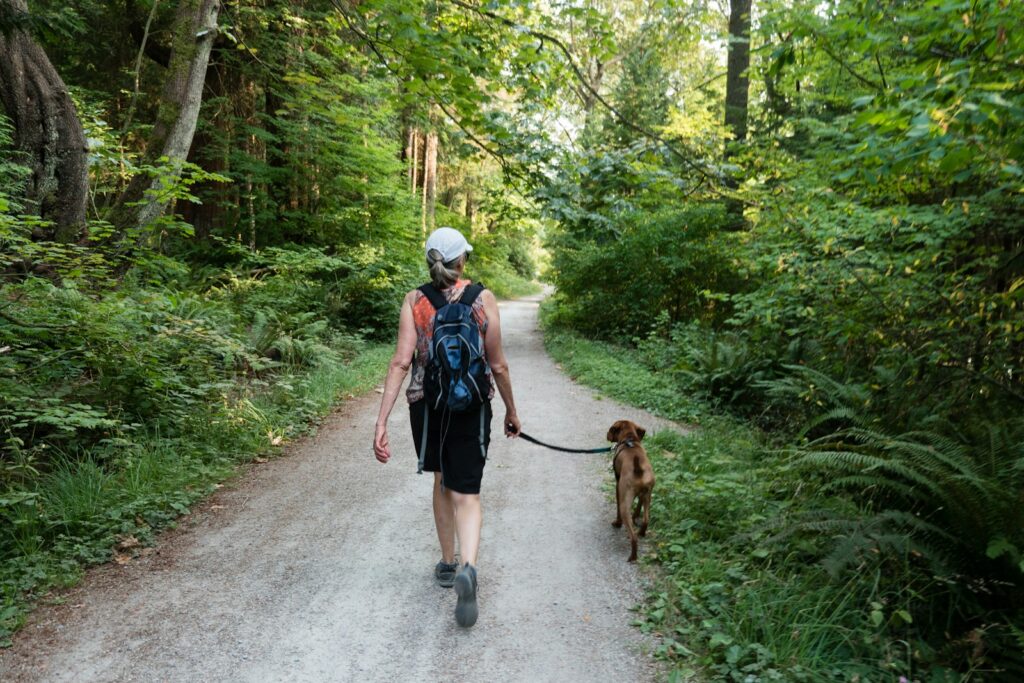
A dog’s day has a rhythm, even if you didn’t mean to create one. Wake up, eat, walk, rest. When those patterns shift—meals get delayed, walks skipped—they notice. Some won’t show stress right away, but over time, they may seem restless or clingy. You don’t need to follow a schedule down to the minute. Just try to keep the main parts of their day in place so things still feel predictable.
Too much contact from strangers.
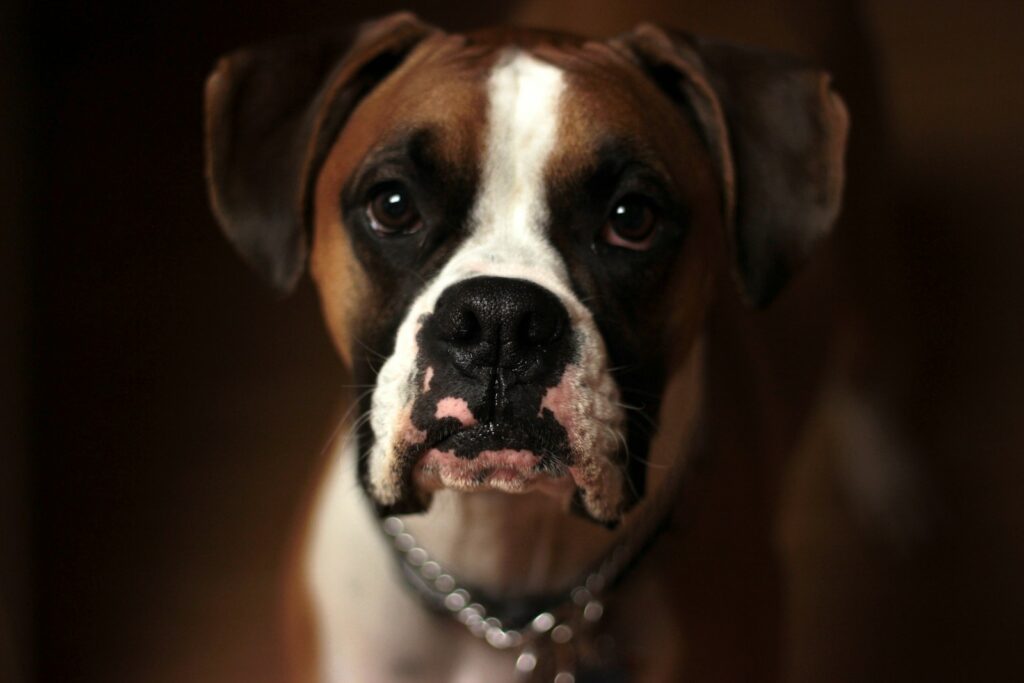
Most dogs don’t want to be touched by someone they don’t know. It’s not aggression—it’s caution. Being patted on the head or hugged without warning can make them nervous. You might see them freeze or slowly back away. The best thing people can do is ignore them at first. Let the dog approach when ready. That choice matters more than any treat or kind voice ever will.
Busy places that overwhelm.

You take your dog to a park that’s packed with people. Loud music. Kids running. Dogs barking. It doesn’t always look stressful, but they start panting, or they won’t settle when you get home. Some dogs don’t want to be in the middle of everything. Next time, they might do better just walking near the edge of the park instead of being dropped in the middle of it.
Not enough activity.
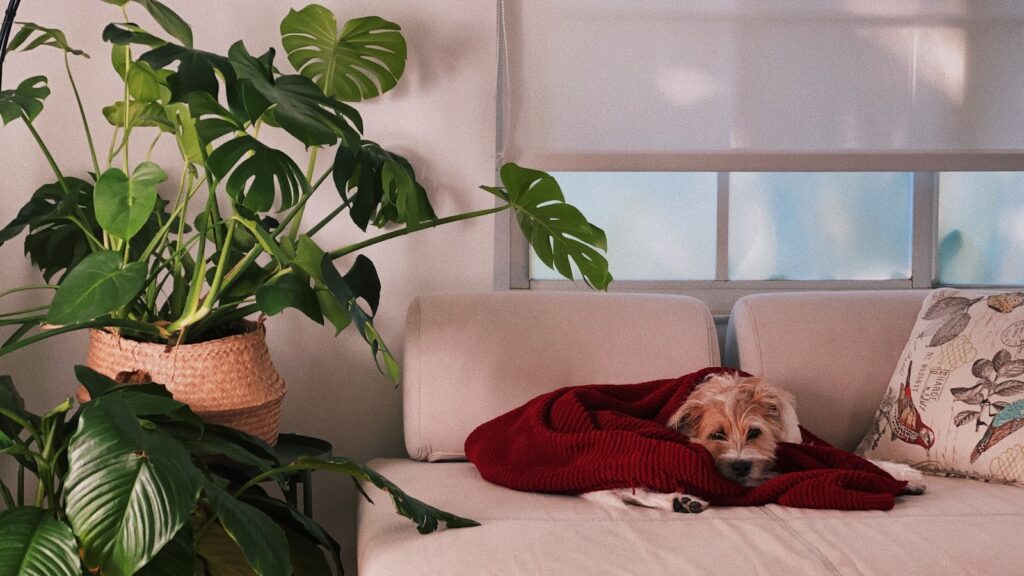
If a dog hasn’t done much all day, they’ll show it. They start poking around for something—anything—to mess with. Socks. Couch corners. The rug. It’s not because they’re bad. They’re just bored. You don’t need hours of activity. Hide a snack. Ask for a few commands. Let them shred a cardboard box. Anything small helps. They just want something that feels like a job.
Mixed messages.

One person lets them on the couch. Another says no. Someone scolds them for barking, then later praises them for the same thing. That kind of confusion doesn’t just make learning hard—it makes them uneasy. Dogs want to get it right. They just need the rules to stay the same. When everyone agrees on the basics, they relax. They stop guessing and start trusting what comes next.
Too many instructions at once.
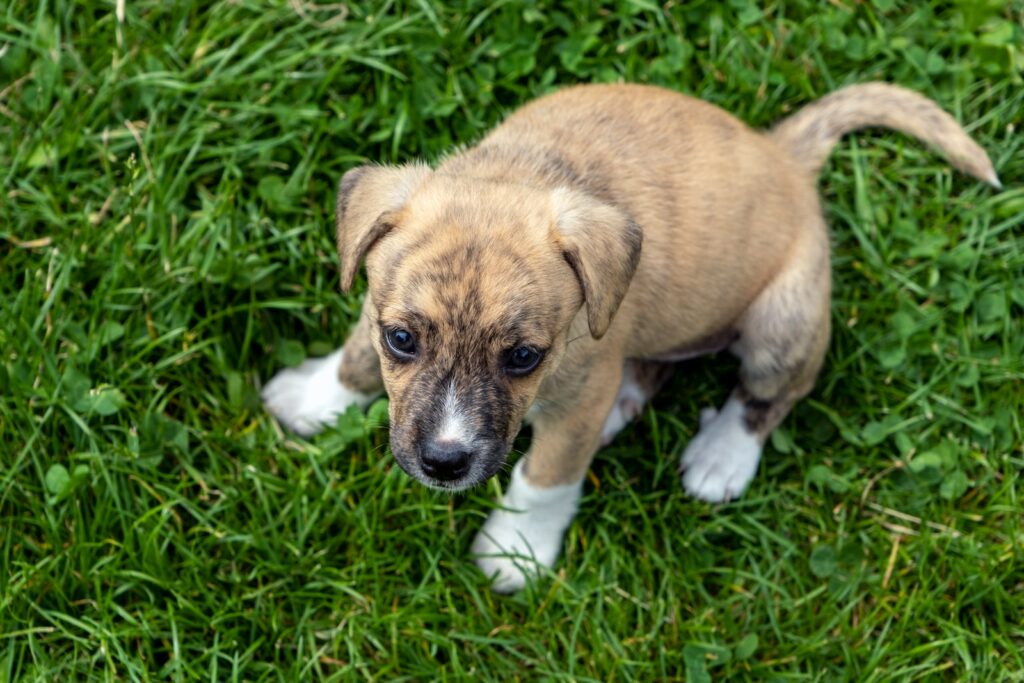
A dog hears everything you say, but they don’t know what to do with it all. Sit, stay, down, no—it blends together. They hesitate or ignore you, not to be stubborn, but because it’s too much. Give them a single cue and a second to respond. That pause matters more than you think. It helps them connect the word to the action without the stress of trying to decode a sentence.
Dressing them up.
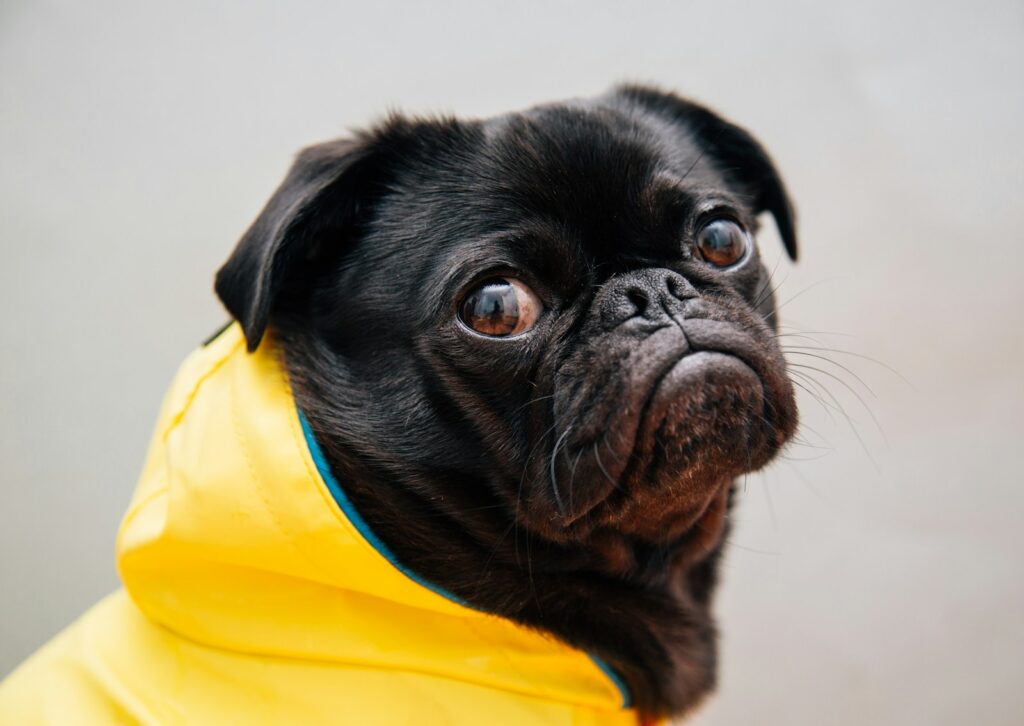
Some dogs are fine wearing a jacket or harness. Others stiffen up or try to wiggle out the second it touches their fur. It’s not about looks. It’s about comfort and unfamiliar textures. If they seem off—moving slower, scratching at the fabric, or hiding—it’s probably not worth it. Unless it’s for warmth or safety, many dogs are happier left as they are.
Approaching them head-on.
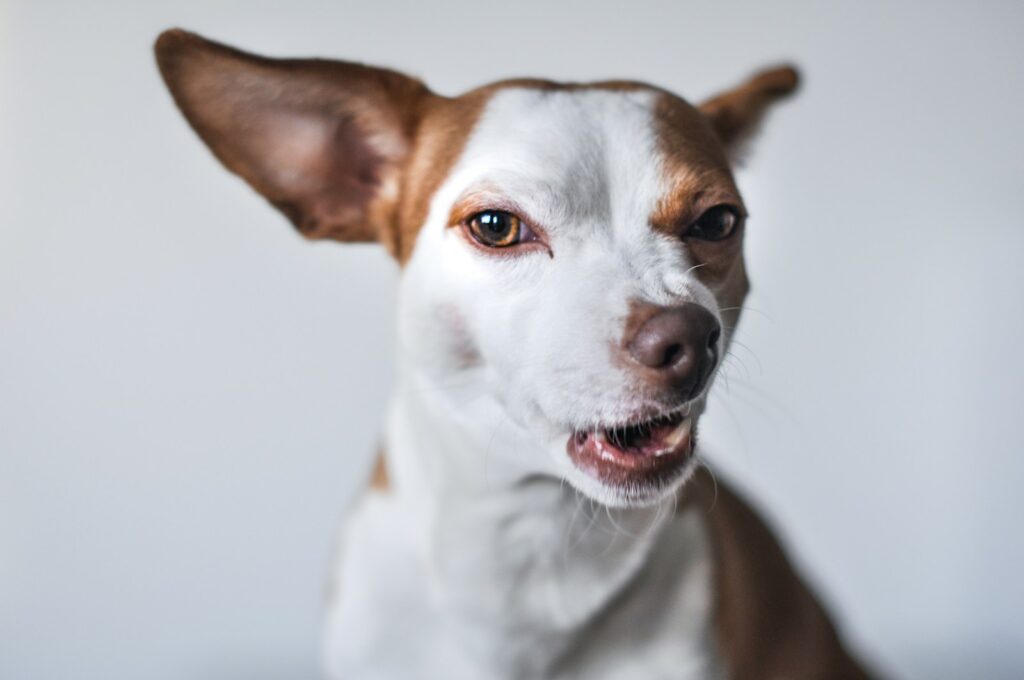
A dog might be standing still, tail low when someone walks toward them too fast. They shift their body. They might turn away or step back. Some people lean in to pet them anyway. That doesn’t help. Instead, give the dog a minute. Sit down nearby or let them come to you. If they stay where they are, that’s a sign they’re not ready, and that’s okay.
Strong smells.

Dogs rely on their nose to figure out what’s safe and what’s not. A strong cleaner, scented candle, or new laundry soap can mess with that. If your dog avoids a room or acts off after you clean, the smell could be the reason. What’s subtle to you might be loud to them. Using milder products can make their space feel normal again without taking away cleanliness.
Long stares.

We use eye contact to show warmth. Dogs don’t always see it that way. A long look can feel challenging, even if it’s meant kindly. Many dogs will turn their head or walk away. That’s not rejection—it’s their way of calming the moment. You can look at them, but soft eyes, a relaxed posture, and short glances feel safer. Letting them look back when they’re ready builds better trust.
No quiet place.
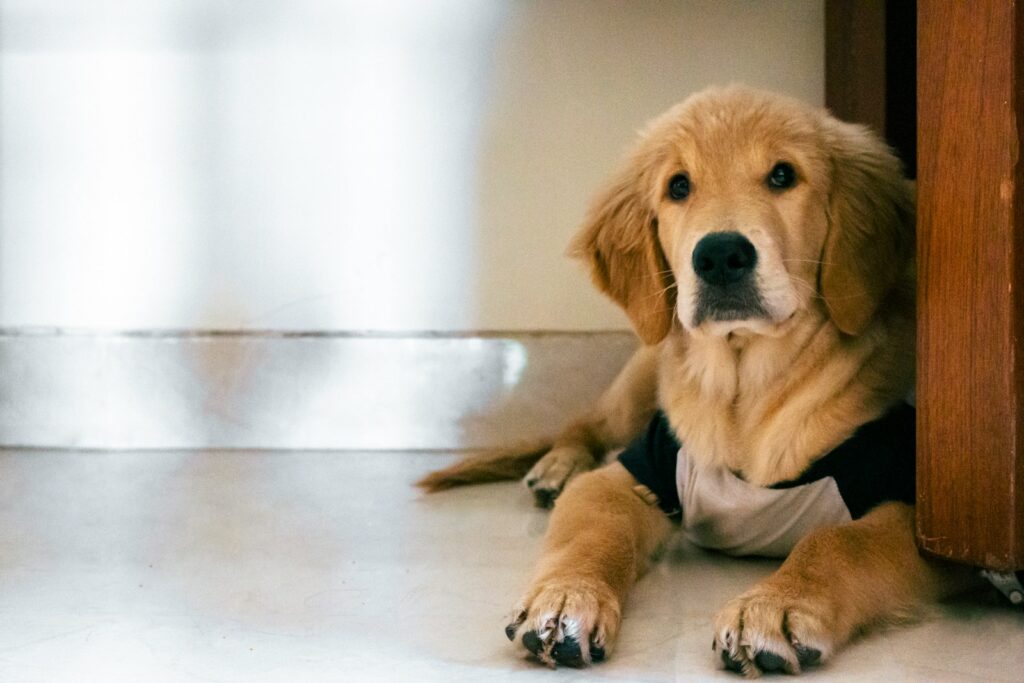
Dogs need somewhere they can go when the world feels too full. If their bed is in the middle of the noise, they never get a real break. Even a corner with a blanket and a little distance helps. Some dogs will put themselves there when they’ve had enough. Others need a bit of guidance. Once they know that spot belongs to them, it becomes their safe zone.
Tension in the home.
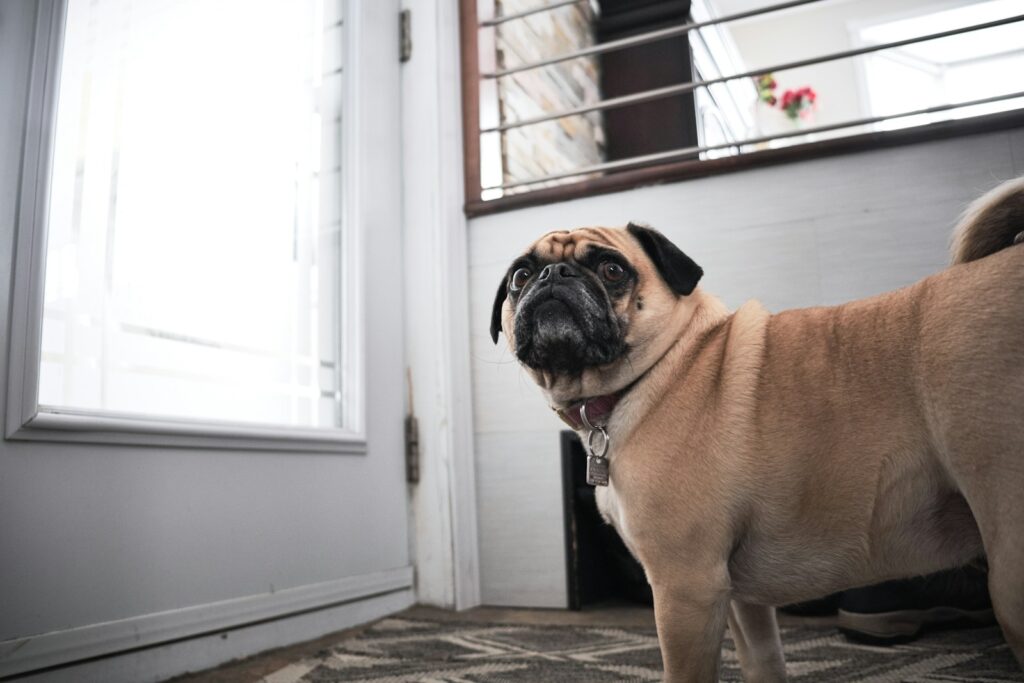
You don’t have to raise your voice for a dog to feel something’s wrong. They pick up on changes in your breathing, the way you move, and even how you sit. If the energy in the house is heavy, they feel it. Some will stick closer. Others withdraw. You don’t need to fix everything at once. Just be calm when you’re near them. They’ll notice that too—and it helps.
Too much going on.
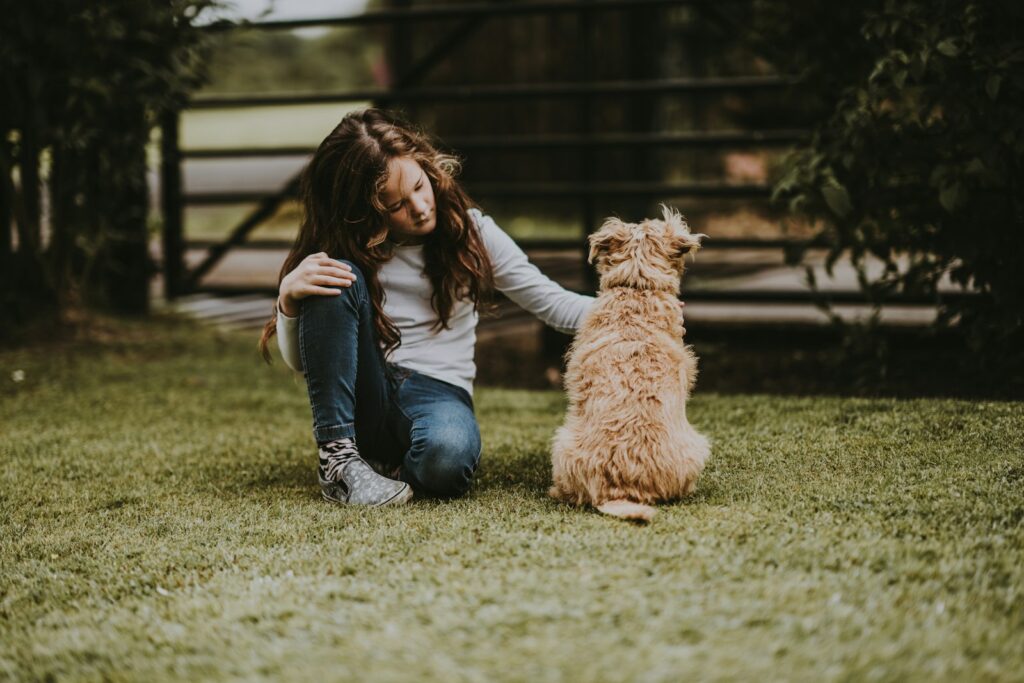
Visitors, cleaning, deliveries, kids playing—all in one afternoon. It’s a lot. Most dogs can handle these things alone, but stacked together, they start showing signs. They walk away, hide under the table, or start panting even if they haven’t moved much. They’re not being dramatic—they’re maxed out. Turning off the TV or stepping out for a walk can help reset everything.





